
Just like all elements are placed in the periodic table according to the way electrons are arranged in each element so that we can easily identify their properties and characteristics, so are all living organisms ordered according to their special features.

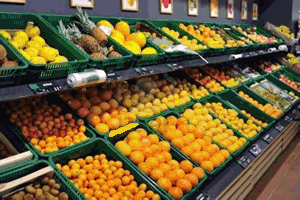
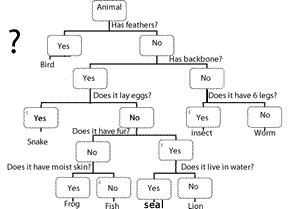
The challenge remains of how to catalogue all the species on Earth in a systematic way that is familiar to all scientists.
How would we catalogue any item we have? By looking at its features and using these to place the item into different groups. Take the animation on the right for example. If we separate the objects shown simply by shape we get two groups. This is known as a single level classification because only one criterion is used, that being shape. As you can see, it is limited when a multitude of different objects are to be classified.
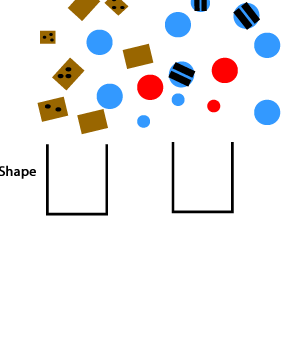
A multi-level classification system, also known as hierarchical, based on shape, colour and pattern would be more useful.
From this simple example we can therefore conclude that if an item is classified as "Ao" it will be circular and red in colour with no pattern. While a "Ab" will be rectangular, brown and have some pattern.
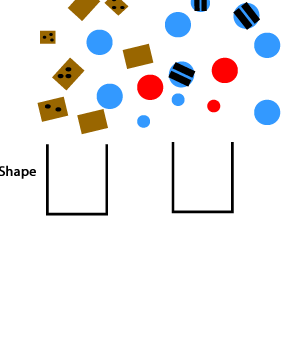
What would the object on the right be classified as?
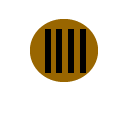
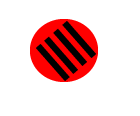
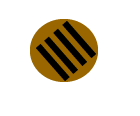
Consider the multi-level classification system shown on the right. What is the name of the insect shown ? The insect has, no wings, 3 pair of legs and curved antennae. By following the features of the insect we can identify it.
Solution
.

Identify the insect on the right.
Is this a dichotomous key? Explain
Can this classification system be applied to all insects? Explain

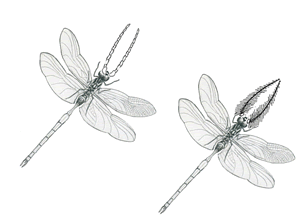
Consider the classification key shown below. Place the cursor over the species "A" - "F" to see more detail of each.
1) An insect that has straight antennae and short wings was found. What can we tell about the insect from the key.
2) What is the diet of an insect with feathered antennae and short wings that is found in the bush?
3) Farmers wish to control a plague of insects that have straight antennae and long wings with checkered vein patterns. Spraying must be done during the mating season. When should farmers spray?
4) A farmer is to cultivate a population of insects to control weeds on a farm. What insect features are desirable?
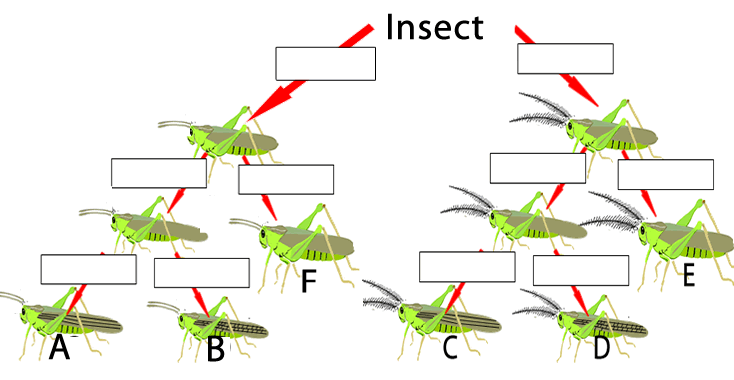
5) What comments should be placed in each box?
8) According to the classification criteria above the insect on the right is most likely
9) How would you change the classification tree above so that the insect on the right can be classified as a new species.
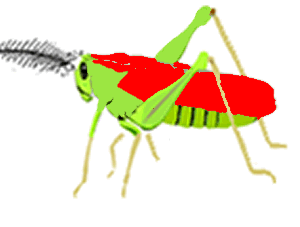
Construct a key to classify some of the local mini-beasts found around the home garden. Click to see some examples that you can use. Hint it is best to have two alternatives for each level. Click to see an example